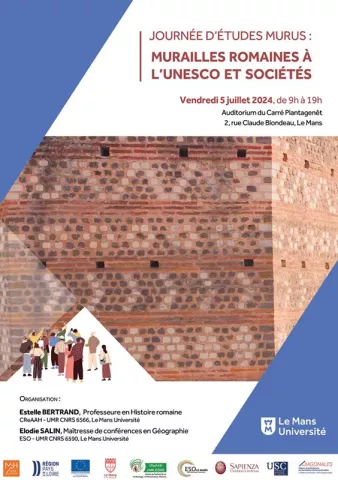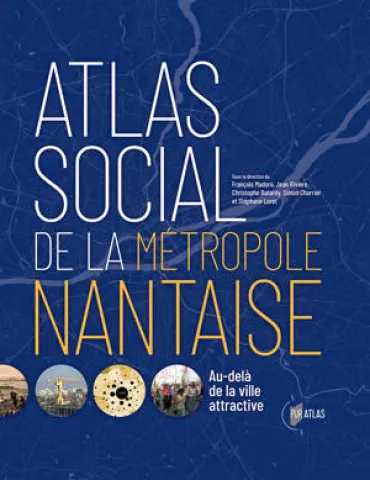Jeannine Corbonnois
Dans le Sud-Ouest de l’État du Rio Grande do Sul, la Pampa brésilienne comprend des tâches de sable (areal) enclavées dans le paysage. Elles sont en lien avec des dépôts éoliens stabilisés et/ou instables, hérités d’un climat plus sec que l’actuel et constituent des indicateurs importants pour la compréhension de ce paysage.
L’objectif de la thèse est d’identifier la dynamique de l’érosion à partir des traits géomorphologiques principaux du milieu (forme, matériaux superficiels). Les procédures méthodologiques comprennent des travaux de terrain et en laboratoire. Les prospections de terrain ont conduit à la cartographie et permis également de déterminer des points pour le prélèvement des échantillons de sédiments en vue des analyses granulométriques, morphoscopiques et de la datation des matériaux par la méthode de LOS - Protocole SAR.
Au plan sédimentologique, les matériaux sont composés notamment par des sables quartzeux, de classe modale Sable Fin. Les caractéristiques morphologiques et optiques des grains de sable renseignent sur la compétence éolienne et sur le transport. La distribution des traits géomorphologiques, associée aux unités de relief, indique que les dépôts éoliens ont lieu substantiellement sur les sommets des collines, suivis par les vallées sèches.
D’après l’occupation du sol on note une augmentation significative de la superficie destinée aux cultures annuelles au détriment de celle destinée aux prairies. La Pampa possède comme aptitude l’élevage, mais la conversion des pâturages en parcelles cultivées a intensifié la pression sur les ressources hydriques, la végétation herbacée et sur les sols sableux.
In southern Brazil exposes sand spots embedded in Brazilian Pampa landscape. Both stable and/or unstable wind deposits represent the inheritance of a drier climate than the current one and provide important paleoclimatic evidences for understanding this landscape. The objective of this thesis is to identify, associations between the current geomorphological features and the quaternary surface formations, as well as the erosive/depositional dynamics acting on these features, in the context of an area historically submitted to agricultural pressure. Methodological procedures included field, cabinet and laboratory work steps. Field observations led to the initial interpretations on the morphological evolution of stable and/or unstable eolian deposits, as well as to the survey of the four points of collection of sedimentary material, for both granulometric and morphological analyzes and for absolute dating, which was established by optically stimulated luminescence method (SAR protocol). The sediments are predominantly composed by quartz sands, of Fine sand modal class, varying to lesser fractions of Medium sand and Very fine sand. Both morphological and optical characteristics of the sediments clarify the eolic competence over the particles and their mobilization, demonstrating a certain degree of selection. The geomorphological features distribution associated to the relief units shows that the eolic deposits occur substantially on the tops of hills, followed by dry valleys. In relation to land uses, which was mapped between 1982 and 2016, there is a significant increase in the area devoted to crops, in detriment to the field one. The Pampas has livestock as its primary aptitude, but the conversion of land use, especially from pasture fields to crop, intensifies the pressure on water resources, on herbaceous vegetation and on sandy soils, which are particularly sensitive to erosion.






